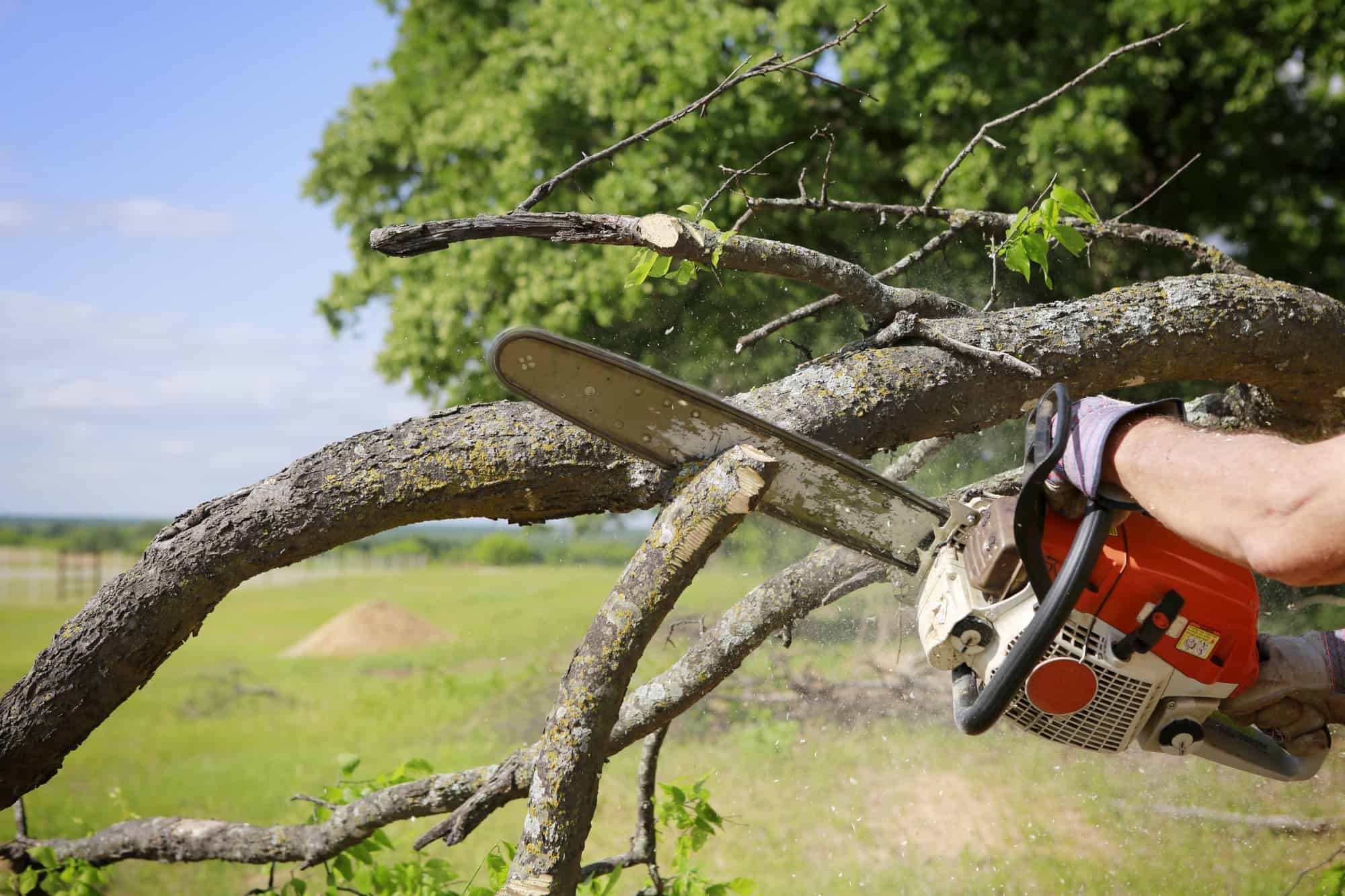Top 7 Best Spring Tree Care and Maintenance Tips

Did you know that living close to trees might help you live longer?
Wow! As if it weren’t enough that trees are beautiful, shade producing, and oxygen giving.
Our trees give us so much, it’s only fair that we return the favor by keeping them in good health and on track for living a long life.
Let’s take a look at seven tips for tree care this spring to keep your trees happy and healthy.
1. Closely Inspect Your Trees and Shrubs
As winter ends and spring begins, it’s important to look closely at your trees and shrubs to see if any damage was caused during the winter. Winter weather like snow, ice, sleet, and rain can leave your trees a little worse for wear.
When things start to come into leaf, look to see if any parts of your trees are remaining leafless. This is a sign that these branches may be dead and should be removed.
You’ll also want to check for pests and diseases while taking a close look at your trees.
It’s a good idea to become familiar with the common pests and diseases that affect the tree and shrub species in your region. This way you’ll know what signs to keep an eye out for.
2. Prune Your Trees
In the spring it’s a good idea to remove broken, dead or damaged branches. This tree trimming helps encourage new growth.
Different trees and shrubs are best pruned at specific times in their growth process. Here’s a handy chart to help you know when to prune trees this spring.
Remember, don’t just prune branches for no reason. Common reasons for pruning branches include removing dead branches, reducing risk, and improving form. Do your research regarding the specific species of trees in your yard or consider hiring a professional to prune your trees for you.
3. Remove Excess Debris and Weeds From the Base of Trees
After a long winter, it can seem like there’s a lot of cleaning up to do in the yard.
It’s a good idea to take the time to remove leaves, twigs, fruit, or other debris from beneath trees.
While this does make your yard look neater and cleaner, this isn’t a chore with a purely aesthetic purpose. If this debris isn’t removed, it could become a likely location for fungal growth.
4. Check Mulch Levels and Replenish as Needed
If you haven’t already mulched around the base of your trees and shrubs, this spring is the time.
If there’s already mulch around your trees, the spring is a great time to check your mulch levels and add more if necessary. The ideal amount of mulch to have around your trees is about 3-5 inches covering the soil.
Mulch is great because it helps retain soil moisture as well as suppresses weed growth. It’s particularly important in the care of younger shrubs and trees.
Remember, you want to apply mulch starting about one or two inches away from the base of the tree. Don’t bury the tree trunk in the mulch, as this can encourage fungal growth by retaining heat and moisture.
5. Water and Fertilize Your Trees
You most likely didn’t water your trees during the winter if the ground freezes where you live. When the soil is frozen, watering isn’t absorbed into the ground but rather leads to runoff.
Once the ground has thawed, it’s a great time to start watering your trees. This can encourage good leaf and shoot development as the weather warms up.
You might also consider applying a slow-release fertilizer before the peak growing season begins. This can replace nutrients that have been lost as well as improve the plant’s ability to resist damage from insects, stressful weather, and diseases.
6. Plant New Trees
If it’s time to spruce up your yard, the spring is a great time to plant new trees.
Ideally, you’ll plant your new trees in the early spring before bud-break. This allows the plants to establish roots while the weather is still cool and the spring rains haven’t begun.
However, appropriately cared for container trees can be planted throughout the growing season.
While there’s an age-old quarrel over whether it’s better to plant trees in the spring or in the fall, many experts agree that both seasons have their benefits. That being said, you’ll most likely get the best pickings at the nursery during the spring. In the fall, you’ll be choosing from the remaining trees and shrubs that had already been passed over for many months.
7. Hire a Professional Arborist
Depending on the condition of your lawn trees in the spring, you might want to consider hiring a professional arborist.
If it’s time to prune, remove, or fell any trees on your property, a professional arborist can help. With the training, tools, and techniques to get the job done, hiring a professional arborist can save you a lot of time, stress, and headache.
The way that you take care of your yard trees this spring will determine their health and success for the rest of the year.
Help your trees thrive by giving them the care and attention they need in the spring.
Spring Tree Care: It’s Worth the Effort
Care of trees is an important task that’s well worth the time and energy it takes. That being said, some jobs are big enough and dangerous enough that it’s best left to the professionals.
Looking for more informative articles about everything you could ever want to know about tree care and tree maintenance? Be sure to check out the rest of our blog!
Is it time for you to have an arborist do some work on the trees on your property? Contact us today!




You must be logged in to post a comment.